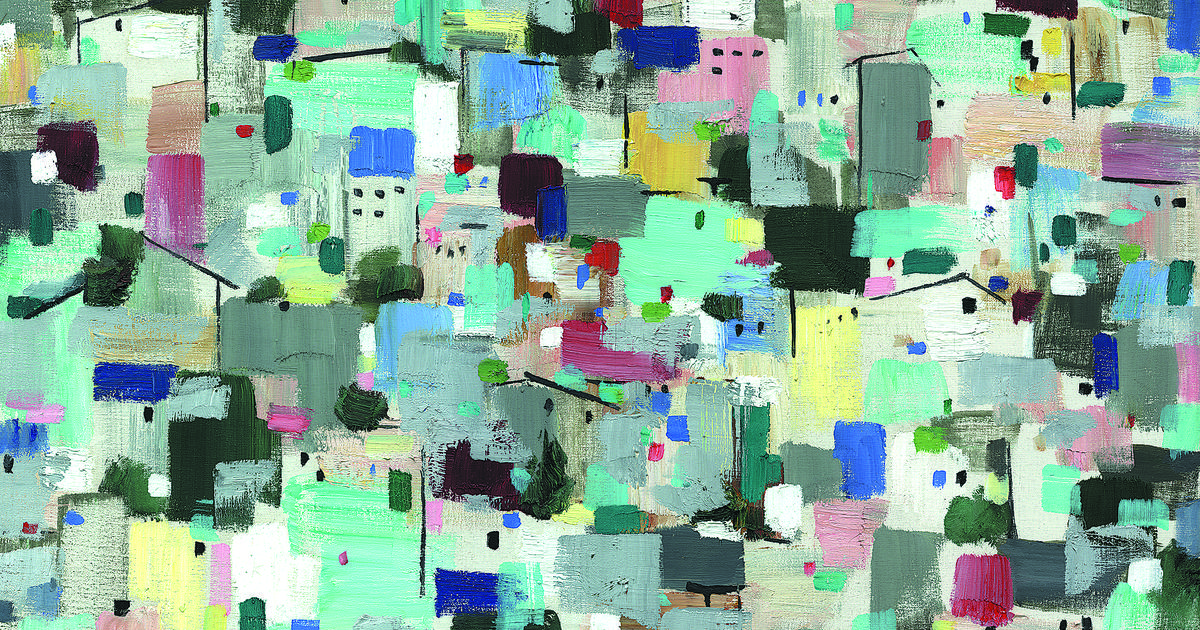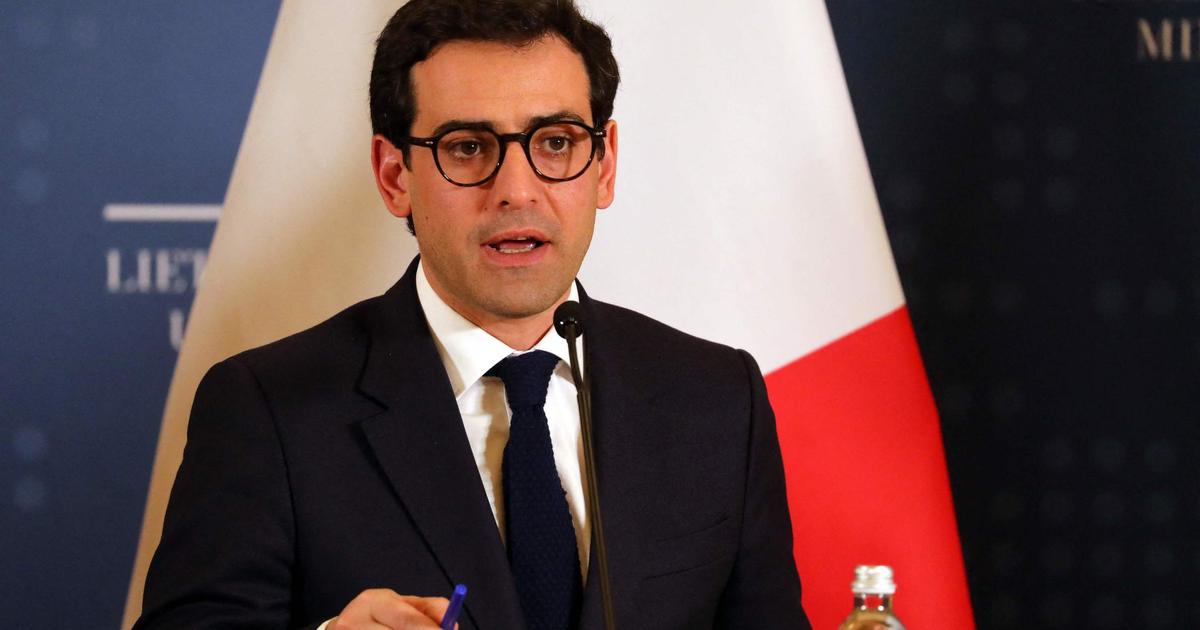Amazing that these rooms (yet?) Get along without epilepsy warning: flicker here, the neon and image streams, while the ears are maltreated with a mix of computer games-Klingklong, China-Pop and Metalcore. An almost too good cliché for what one imagines in the West as a Far East gaming hell.
But Lu Yang's total of nine video works do not just want to keep up with the madness. Short movies, animations and collages about cyborgs or electromagnetic brain stimulation chase the screens - but the artist has even created whole pseudo-games. First of all the most beautiful: The "Uterus Man", a post-gender superhero with female uterus, who has some special tricks - from "DNA Attack" on the "Deep Throat Laser Cannon" to the birth of a monster baby, the Throwing weapon can be thrown through the air.
photo gallery
18 pictures
Exhibition "Micro Era": brain stimulation from the Far EastYang weaves the aesthetic legacy of the nineties to the present day and knits black-humorous stories of a divine comedy: advertising and Chinese pop culture, manga and zombies, death and birth, religion and esotericism, quackery and serious medicine meet the feverish excitement that is here The Internet was not that long ago, before all became digital natives.
With "Micro Era - Media Art from China", the Berlin Cultural Forum is now presenting a large overview exhibition on the comparatively young art format there. Instead of showing as many positions as possible, they concentrated on four artists. This is obvious, as even a full tour can take a few hours.
Two artists each share an exhibition hall: Lu Yang (* 1984) has chosen her former professor Zhang Peili (* 1957) as the counterpart. A whole generation lies between the two artists - when Peili launched his film "30x30" in 1988, a loop of several hours about splintering and reassembling a mirror tile that launched media art in China, Yang was just a few years old.
The usual excuses the museum director does not apply
The upper floor is shared by the last filmmaker Cao Fei (* 1978) present at the Berlinale with Fang Di (* 1987). Formally, this fits well together. While Yang and Peili test the limits of the media format, Fei and Di here resort to more narrative, documentary forms.
To do a whole show alone with video art requires appropriate precaution, which astonishingly often does not succeed. A notorious problem of time-based art: when neither image quality nor sound quality is right, the average visitor has little desire to endure for more than a few minutes in front of the individual work. The outgoing museum director Udo Kittelmann does not want to accept excuses this time. The criticism that video works are often too long, he could "no longer accept!"
But when it comes to sound, it sometimes stops: while one wants to follow the one work on headphones, the music of the other one is already booming in the background. For seating everything was done right. Plastic chair rows and office chairs invite you to take a look at the work of Cao Fei and Fang Di, which lasted up to one hour. Like the movie "11.11", Fei's silent accompaniment of those drivers who deliver parcels for their Chinese Amazon counterpart JD up to eighteen hours a day in Beijing.
Small-scale research, global topics
Or Fang Dis "Minister", in which he exposes the far-reaching corruption in Papua New Guinea - possible thanks to a bizarre occupational combination: Di is not only an artist, but also an employee of a state-owned company, which is located there. As such, he receives deep insights that otherwise would have been denied him.
While Peili's conceptual video works revolve around authoritarian power and surveillance, his younger colleagues are more general: social justice, gender issues, digitization and loneliness, elsewhere environmental protection and sustainability - topics far removed from day-to-day politics, as in any other country relevant to the world. A global phenomenon, one becomes both smaller and more universal.
The exhibition closes with the experimental work of Peili and Yang: If the father of Chinese media art sets up a simple chamber in which two visitors can observe each other independently, without even seeing themselves, this inevitably creates an awareness of how real Surveillance feels.
Lu Yang, on the other hand, provides the right images for the post-Internet generation with her constantly zooming in and out perspectives: Digital escapism has not looked as exciting for a long time as it did in the "Luyanghell".
"Micro Era: Media Art from China" , until 26.01.2020 in the Kulturforum Berlin




/cloudfront-eu-central-1.images.arcpublishing.com/prisa/3I74UEXLYRBBRPGPSGWNN6WXH4.jpg)




